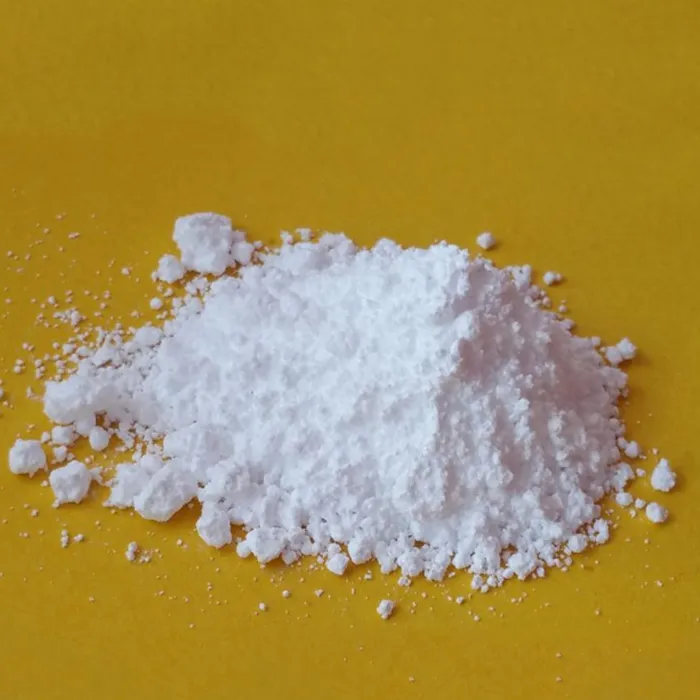The Interaction of Silver Nitrate and Ammonium Thiocyanate A Chemical Exploration
Silver nitrate (AgNO3) and ammonium thiocyanate (NH4SCN) are two compounds of significant interest in the field of chemistry, particularly due to their interesting interactions and the reactions they undergo. When these two substances come into contact, they engage in a fascinating chemical reaction that leads to the formation of silver thiocyanate (AgSCN), which is a precipitate, and ammonium nitrate (NH4NO3).
The Interaction of Silver Nitrate and Ammonium Thiocyanate A Chemical Exploration
\[ \text{AgNO}_3(aq) + \text{NH}_4\text{SCN}(aq) \rightarrow \text{AgSCN}(s) + \text{NH}_4\text{NO}_3(aq) \]
agno3 nh4scn

Silver thiocyanate is particularly noteworthy due to its low solubility in water, making it a prime example of a sparingly soluble salt. Its formation can also be used as a qualitative test for the presence of silver ions in solution, which is an essential aspect of analytical chemistry.
The practicality of this reaction extends beyond mere academic interest. Silver thiocyanate has been studied for its potential applications in various fields, including materials science and electronics. Moreover, the reaction between AgNO3 and NH4SCN can serve as a teaching tool for students, helping them to understand fundamental concepts such as ionic reactions and the principles of solution chemistry.
In conclusion, the interaction between silver nitrate and ammonium thiocyanate encapsulates the beauty and complexity of chemical reactions. This reaction not only demonstrates the principles of precipitation and solubility but also serves as a gateway for deeper exploration into the world of chemistry. As students and researchers continue to study these compounds, new avenues for practical applications and theoretical advancements are sure to arise, highlighting the importance of chemical interactions in our everyday lives. The study of such reactions is a testament to the ever-evolving nature of science, where each discovery leads to new questions and a deeper understanding of the materials that compose our world.

